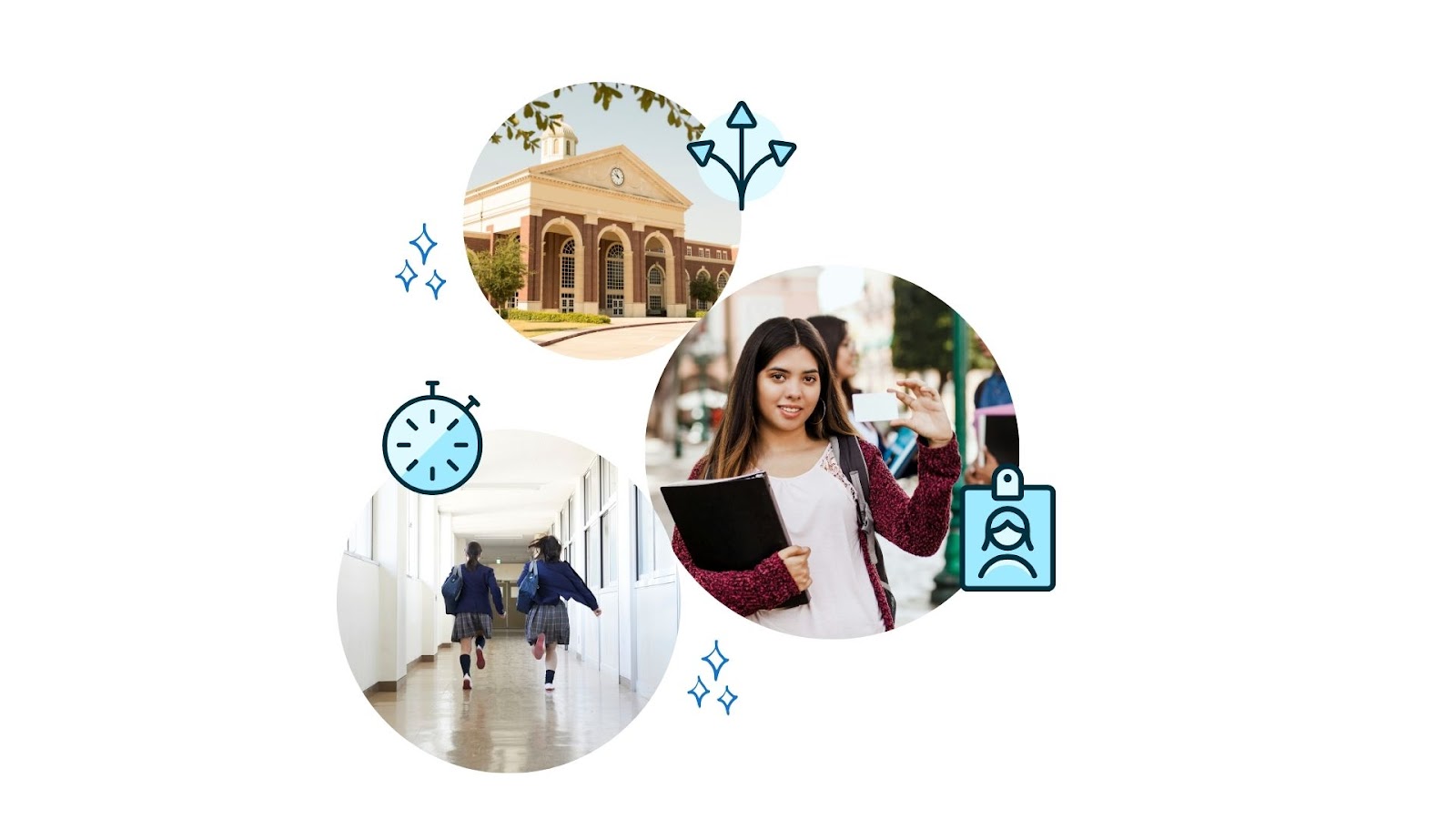You know those moments at conferences when someone stops by your booth with a story that makes you pause mid-conversation? That's exactly what happened to us at ATLIS this year.
Brian Betteridge, the Director of Educational Technology at Friends Select School, approached our booth with the kind of enthusiasm that immediately caught our attention. He wanted to share something that had genuinely surprised him.
"Our new middle school attendance manager figured out your system in a week," he said, "and she's never done attendance management before."
Now, we hear a lot of implementation stories in our line of work, but this one was different. Brian wasn't talking about extensive training sessions or gradual adoption over months. He was describing someone who had simply started using Ruvna and made it work—no manual, no formal onboarding, no lengthy setup meetings.
Naturally, we had to know more.
The Real-World Challenge
When Brian connected us with Bridget, their middle school attendance manager, we learned about the daily reality she faces—one that probably sounds familiar to anyone working in middle school operations.

Picture this: multiple building entrances, including separate areas for bus drop-offs. A handful of students who consistently forget their ID cards or leave them in lockers upstairs. The morning time crunch where you need to get attendance sorted quickly without disrupting the start of classes. And the expectation that middle schoolers should be managing their own check-ins independently.
Oh, and the previous attendance system? It was eating up several hours of their colleague's morning in the lower school.
The Aha Moment
What struck us about Bridget's experience wasn't just that she learned the system quickly—it was how she approached it. Coming into the role with no attendance management background, she simply started exploring.
Within her first week, she had developed her own workflow. When students forgot their IDs (which happens daily), she'd pull out her phone or iPad, search for their name, and check them in on the spot. Simple as that.
But what really caught our attention was how she described what made it click for her. The visual cues in the interface just made sense—seeing student names as clickable links felt natural, like how the web works everywhere else. There was no learning curve because the design followed patterns she already understood.
The Ripple Effects
The transformation in their morning routine speaks for itself. What used to take hours now takes about 30 minutes. But the efficiency gains were just the beginning.
Bridget discovered features organically as she needed them. When their eighth graders went on an end-of-year trip, she found the bulk selection tool and marked them all as on a field trip in one go. When she needed a substitute, she was able to train them on just the essentials—check-in process, dashboard navigation, and parent communication—without overwhelming them with unnecessary complexity.
Perhaps our favorite detail: she has two fifth-grade students who enjoy helping with morning check-ins. She hands them the iPad, and they find the whole process genuinely fun. That's the kind of user experience that tells you something is working right.
What This Really Means
Stories like Bridget's reveal something important about educational technology. The best solutions aren't the ones with the longest feature lists or the most comprehensive training programs. They're the ones that work intuitively from day one.
Friends Select School represents what we think of as the sweet spot for attendance management: they need compliance without complexity, clear processes without bureaucratic overhead, and tools that actually solve problems rather than create new ones.
The Bigger Picture
When a director of educational technology goes out of their way to share a success story at a conference, it's worth paying attention to. It means something is working not just on paper, but in the daily grind of school operations.
Bridget's experience reminds us why we built Ruvna the way we did. Sometimes the most powerful validation comes not from extensive pilot programs or detailed implementation plans, but from watching someone succeed simply because the tool gets out of their way and lets them do their job.
In a world where technology often feels overwhelming, there's something refreshing about software that just makes sense from the start. That's the kind of story we love to hear—and the kind of experience we're working to create for schools everywhere.
Ready to See How Ruvna Could Work for Your School?
If Bridget's story sounds like the kind of straightforward solution your school needs, we'd love to show you how Ruvna could fit into your daily operations.
Schedule a demo and see how intuitive attendance management can be.
Read the complete case study of how Friends Select School transformed its attendance process.
Latest articles

New Funding Opportunity Most Florida Independent Schools Don't Know About

The December Reality Check: What Your January Emergency Drills Will Reveal About Your Systems



